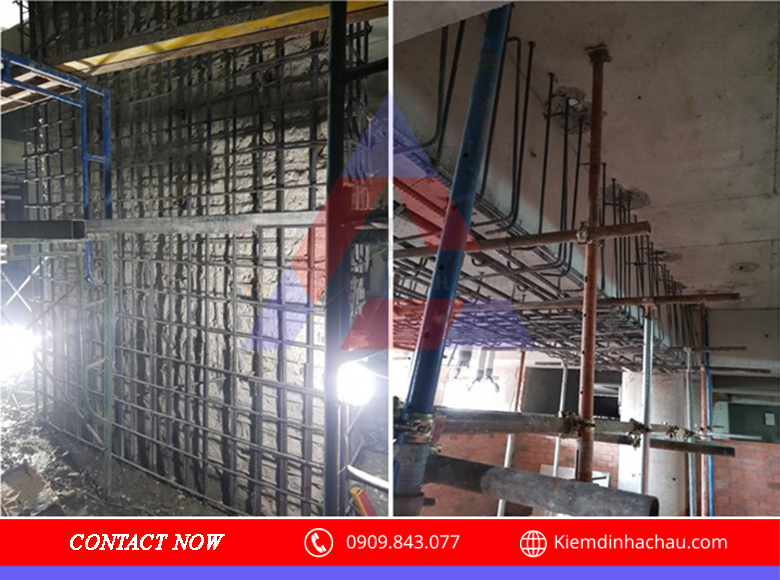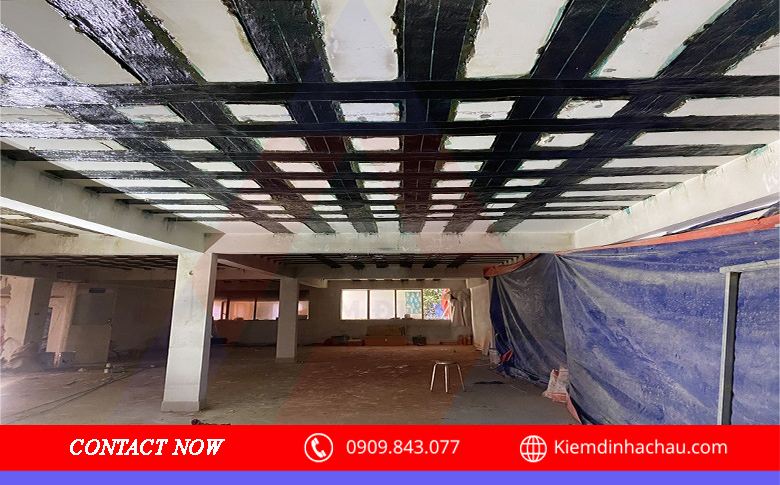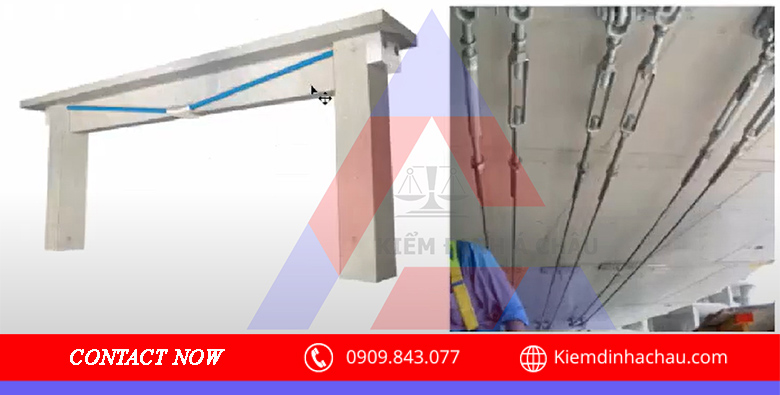Damage, degradation, or collapse of a structure can result from various causes, including errors during construction, improper use of the structure (e.g., overloading), or inadequate design solutions. Investigating the causes of structural damage and incidents requires specific knowledge and the collection of comprehensive evidence and detailed data.
The causes of damage are closely linked to the repair measures. Identifying the correct cause is essential to propose an effective structural reinforcement plan.
This article will present some commonly applied methods for structural reinforcement of constructions.
1. Cases requiring structural reinforcement:
- The structure shows signs of deterioration and needs reinforcement to meet normal usage demands.
- Constructions need reinforcement to increase load-bearing capacity for the floor, or to install additional equipment on the floor.
- Reinforcement is necessary to ensure load-bearing capacity when installing solar panels on the roof.
- To ensure usability when the construction has exceeded its lifespan, or after incidents such as natural disasters or fires.
2. Common methods applied for structural reinforcement:
2.1: Method of expanding the cross section of beams, pillars, and floors:

Advantages:
- Simple construction
- Increased stiffness, effectiveness in enhancing load-bearing capacity
- High reliability
Dídvantages:
- Increased cross section impacts the architectural design
- Increased cross section adds weight to the structure
- Requiring careful supervision and inspection to ensure the quality of post-installed reinforcement, and the adhesion between new and old concrete
2.2. Method of reinforcement using structural steel:

Advantages:
- High load-bearing capacity
- Low construction costs
Disadvantages:
- Complex construction requiring prestressing in the steel structure to ensure the uniformity between concrete and steel structure
- Difficulties in plastering and finishing work
- Poor fire resistance
2.3. Method of using carbon composite
(See the details of this method here)

Advantages:
- No increase in the size of components causes no impact on the architecture of the building and the structural mass
- Effectiveness in enhancing load-bearing capacity, especially for structure of beams and slabs
Disadvantages:
- Higher cost than other methods
- Poor fire resistance
2.4. External prestressing method:

Advantages:
- Greatly increased load-bearing capacity
- High reliability
Disadvantages:
- High cost
- Complex construction process
- Impact on the architecture of the construction. This method is typically applied in high-rise buildings with finished ceilings
Depending on the structural characteristics, construction conditions, architectural requirements, and investment cost, the consultancy unit will select the appropriate solution
Please contact us via Hotline: 0909.843.077 (Mr. Tân) for more detailed consultation
A Chau hopes to accompany your construction !
For more related services of A Chau:
• Construction project quality inspection
• Factory inspection
• Floor elevation inspection
• Factory design
• Verification of design
• Construction supervision



